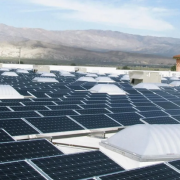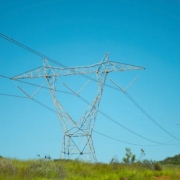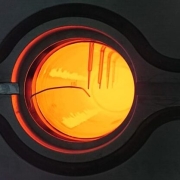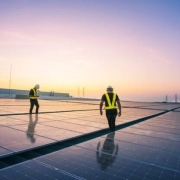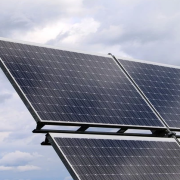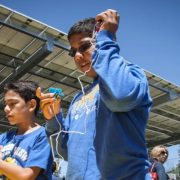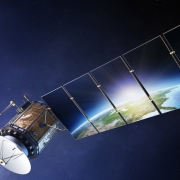In a major clean energy benchmark, wind, solar, and hydro exceeded 100% of demand on California’s main grid for 69 of the past 75 days.
May 21 update: Stanford University professor of civil and environmental engineering Mark Z. Jacobson continues to track California’s renewables performance – and it’s still exciting. In an update today on Twitter (X), Jacobson reports that California has now exceeded 100% of energy demand with renewables over a record 45 days straight, and 69 out of 75:
Click here to read the full article
Source: electrek
—
If you have any questions or thoughts about the topic, feel free to contact us here or leave a comment below.

